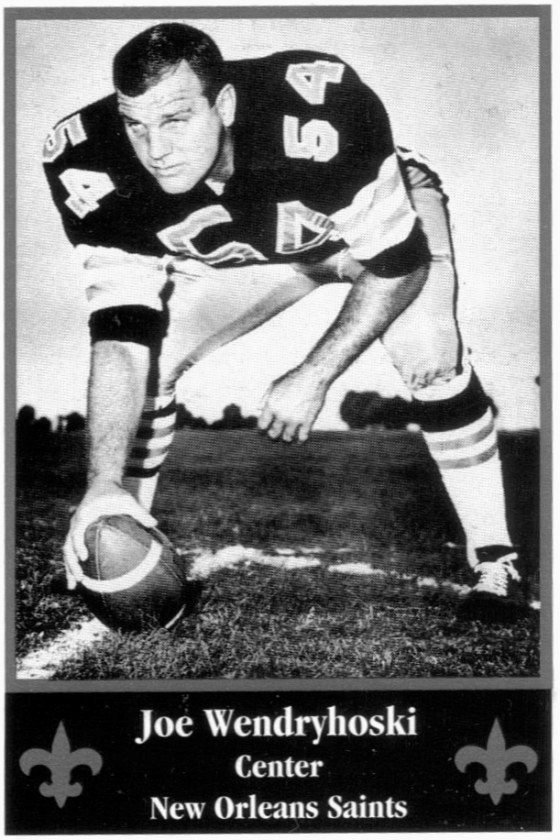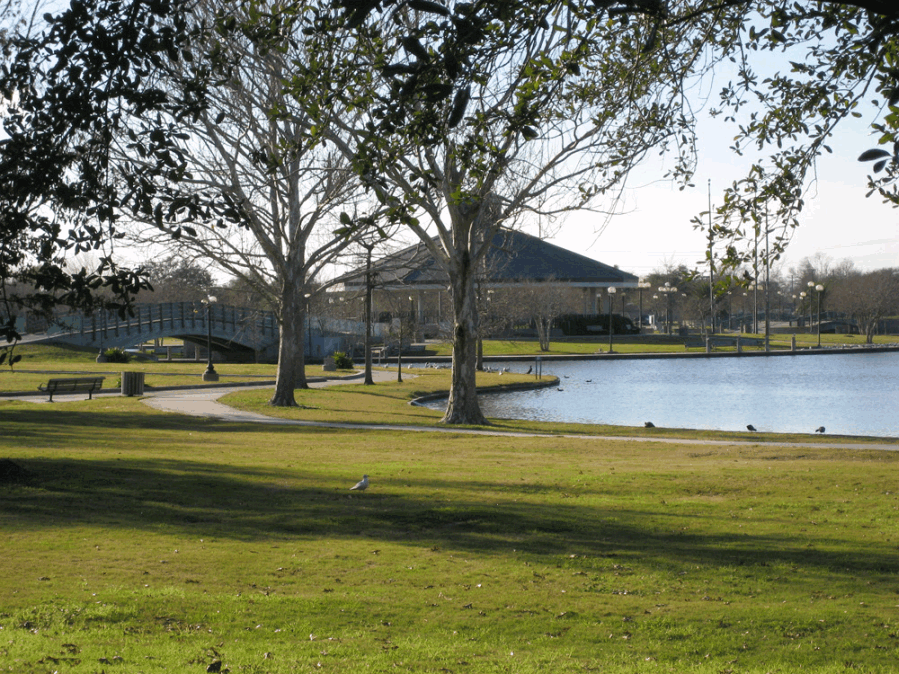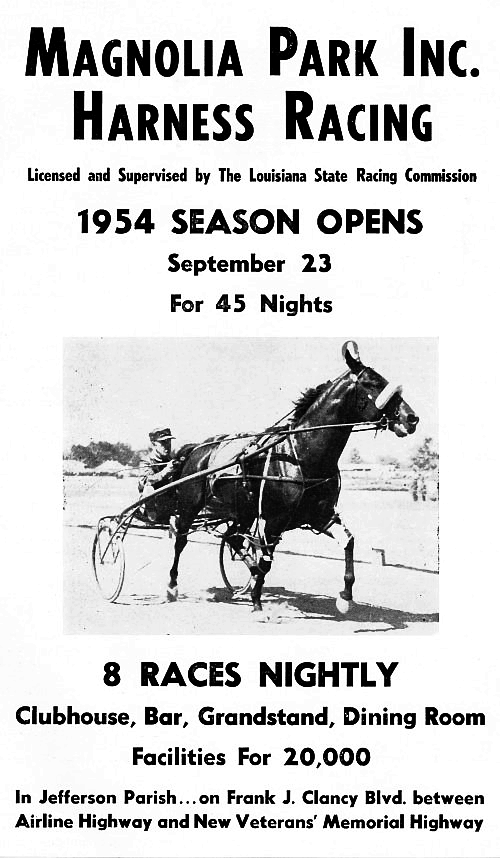|
Today in New Orleans History |
|
|
November 6


Filming of Benjamin Button began on November 6, 2006 in New Orleans.
Photos of the location of a unit of the WPA household aide project, 3441 Chippewa Street, before the aides fixed the place and tidied the yard, taken on November 6, 1940.
Amos White (November 6, 1889 – July 2, 1980) was an American jazz
trumpeter. White grew up an orphan in Charleston, South Carolina, where he played in the Jenkins Orphanage band in his
teens in addition to traveling with minstrel shows and traveling circuses. After attending
Benedict College, he returned to the orphanage to take a teaching position. During World War I White played in the 816th Pioneer
Infantry Band in France, and settled in New Orleans after the war. Working as a typesetter,
he played jazz in his spare time, working with Papa Celestin and Fate Marable among others. Stanhope Bayne-Jones was a physician, an American bacteriologist,
a United States Army medical officer, and a medical historian. As a member of the United States Surgeon General's Advisory
Committee on Smoking and Health, he had a significant role in the 1964 report linking smoking to cancer. He was born
in New Orleans, on November 6, 1888, and died on February 10, 1970, in Washington, DC. Bayne-Jones was the subject of a biography in 1992. Bayne-Jones Community
Hospital at the US Army's Fort Polk is named in his honor, as is a professorship at Johns Hopkins
University School of Medicine. His papers were donated to the National Library of Medicine in the late 1960s.
Edward Henry Durell, the 23rd mayor of New Orleans took office on November 6, 1863 and served until February 2, 1864.
It was near this area that 427
acres were used for the multi-million dollar pari-mutual Magnolia Park Inc.Harness Racing course (photo
below) which opened in 1954 on
Frank J. Clancy Boulevard (now Downs Boulevard). The company built a $100,000 road (David Drive?)
from Airline Highway to the track where there was parking for 5000
vehicles, seating for 2500 in the grandstand (the dining area seated 600) and
accommodations for over 20,000 people on the grounds. Barns provided spaces for 600 horses on the
227 acre track. The remaining 200 acres was later used for housing
development. The harness racing season ran from September to Thanksgiving Day (when the
New Orleans Fairgrounds opened each year). In 1959
the track was renamed Jefferson Downs which offered nighttime horse racing. It
closed, after a Halloween evening fire, in 1965. The land sat idle for years until Jefferson Parish residents
voted on Saturday, February 10, 1973 to use the land as a recreation area. Lafreniere Park groundbreaking
was celebrated in 1977. The park was dedicated and opened on November 6, 1982.
A brief history of the Lafreniere property:: Upon the death of the original owner, Nicolas Chauvin, the land passed to his son, Nicolas de la Freniere,
fils [the son]. He was a leader of the Louisiana Rebellion of 1768, Nicholas
Chauvin de Lafreniere was born on his family's 5000 acre plantation (some of which is now Lafreniere Park) on September
30, 1728. In 1749 he replaced his father on the Superior Council as acting councillor assesseur. In
1758 Louis Billouart de Kerlérec recommended him for reappointment
to the council and he was sent to France as Kerlérec's personal envoy to the minister of Marine in 1759. While
there he studied law and was admitted to the French bar. On January 1, 1763 he was appointed attorney general of Louisiana, serving in that position until
August 1769. He implemented ministerial directive to expel the Jesuit order from Louisiana in July 1763
and, with Denis-Nicolas Foucault, presided over public sale of huge Jesuit estate. La Freniere also secured legislation banning importation of slave
"criminals" from other French colonies. According to the book A History of Louisiana (1909): It was found that there was no hangman in the colony, so the condemned prisoners were ordered to
be shot. When the day of execution came, hundreds of people left the city. Those who could not leave went into their houses,
closed the doors and windows and waited in an agony of sickening dread to hear the fatal shots. Only the tramping of soldiers
broke the deathlike stillness which brooded over the crushed and helpless city. At three o’clock on a perfect October
afternoon in 1769, the condemned men were led to the Spanish barracks. Lafreniere, it is said, gave the order to fire.
A volley of muskets broke out on the still air, and five patriots went to their death, — the first Louisianians
to give their blood for the cause of freedom. Photo
by Megastealer |
|
|

To receive an update for each day in New Orleans history,
join our facebook page - Today in New
Orleans History.
Analytics |






